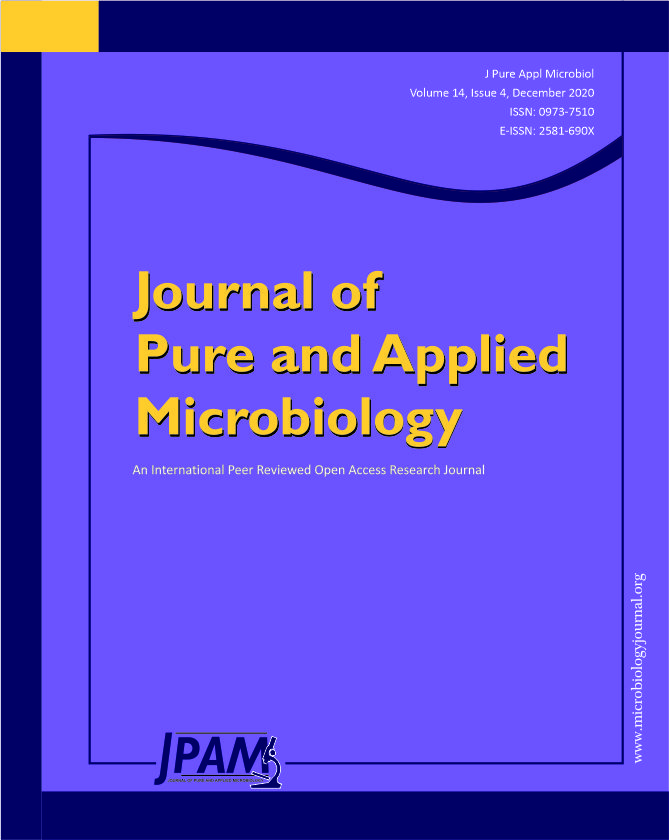On January 20, 2020, the first COVID-19 case in Korea was confirmed. The Korean government handled the situation by early identification and quarantine along with transparent disclosure of information, while announcing a National Guideline to practice aggressive prevention policies. Consequently, the government changed its social distancing policy into a casual-distancing-in-daily-lives policy. However, on the very day when the new policy started, a new male patient who had visited a club in Itaewon, Seoul, was confirmed to be the start of a club infection. This incident gave rise to three possible problems for Korea. Firstly, asymptomatic infection, which means a patient can spread the virus having only slight or no symptoms at all, can increase. Secondly, the fourth infection occurred due to local transmission by confirmed cases related to the club infection. Thirdly, the change in awareness among the 20s and 30s age groups is required to minimize the COVID-19 situation. As there is no established cure for COVID-19, both the government and the public should exert care.
Change of awareness, Club infections, COVID-19, Fourth infection, Infection without Symptoms
© The Author(s) 2020. Open Access. This article is distributed under the terms of the Creative Commons Attribution 4.0 International License which permits unrestricted use, sharing, distribution, and reproduction in any medium, provided you give appropriate credit to the original author(s) and the source, provide a link to the Creative Commons license, and indicate if changes were made.


